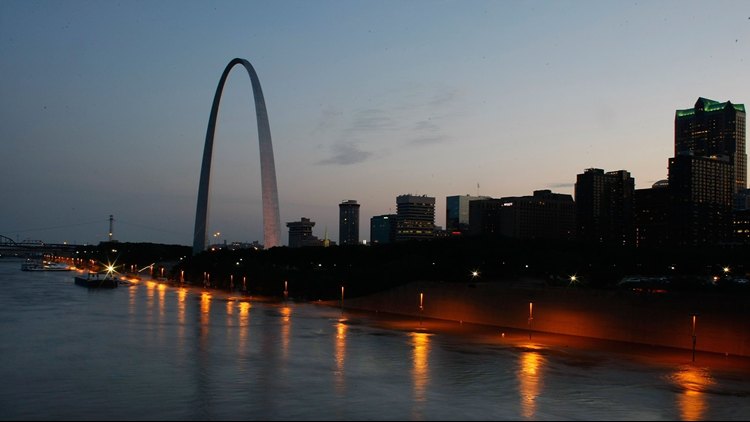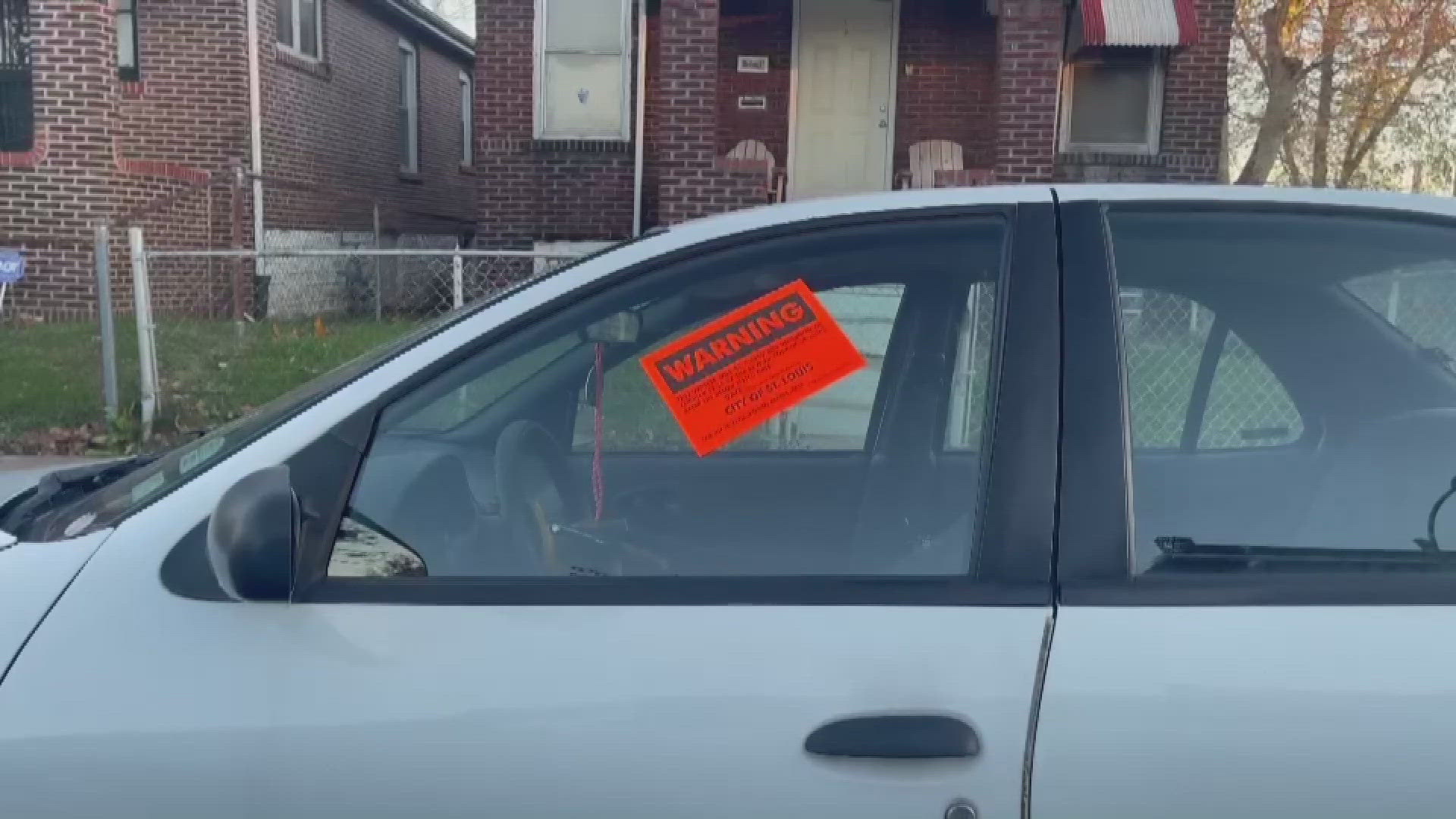NEW ORLEANS - One St. Louis city leader thinks he has a plan that could actually do something about crime in St. Louis.
Board of Aldermen President Lewis Reed has proposed something called "The Ceasefire Project" and it's had some success in other places like New Orleans.
So, 5 On Your Side's Casey Nolen traveled to the Big Easy to learn what worked and what St. Louis might learn from the now former "murder capital" of the country.
Visit New Orleans as a tourist and there's plenty to see, taste and hear. And there's a good chance you'll feel safe.
But get away from the tourist attractions, historic sites like the famous French Quarter, and the city's wealth and you can find a sinful side of New Orleans that the city doesn't want to sell.
"A neighborhood with a lot of violence a lot of drugs, a lot of poverty," described Pastor Jamaal Weathersby of New Hope Baptist Church.
"I've been involved in a lot of funeral," said Weathersby.
His church is in the part of New Orleans known as Central City, often where the city has the most gun violence and murders.
His building is partially behind barbed wire, but Weathersby said New Hope is out in this neighborhood trying to stop shootings and killings.
Central City was ground zero in 2011 when New Orleans was the murder capital of the country.
"I personally officiated and did the eulogy for three brothers who were murdered at the same time," Weathersby recalled of that year.
"Every day we had two, three shootings. It was non-stop," remembered New Orleans Criminal Justice Commissioner Tenisha Stevens.
In 2011, Stevens was working in the prosecutor's office.
"I can say in 2011 … you had that thought process like, 'What in the world is going on? Are we ever going to bounce back from this? Are we ever going to get straight?'" she recalled.
Two-hundred murders in New Orleans that year gave the city the highest murder rate for nearly a decade straight.
New Orleans needed answers.
"When the program came it was some question in the begging because it was like, 'Is this really going to work?'" said Stevens of a leap of faith city leaders took on a Department of Justice backed program called "The Ceasefire Project."
First, that meant a drastic change in consequences for criminals. A partnership with federal prosecutors sent the most violent offenders to federal prison.
The city targeted the most dangerous neighborhood – Central City. Arrests were made. And word got out.
Stevens said instead of state court, known gang members were prosecuted in federal court where most received much harsher sentences, some life sentences.
As word spread, Stevens said those stiffer sentences "absolutely" acted as a deterrent.
And there is another vital part of "Cease Fire." A group of about 15 former criminals embedded in the community with one goal – stop shootings and killings.
They were in Central City every day. They brought enemies together, often over a meal, to deescalate arguments before they turned violent.
They were even in emergency rooms talking shooting victims out of retaliating, reminding them they could end up in federal prison.
And "it worked," said Stevens.
And the stats showed it. In the first full year of “The Ceasefire Project” murders in Central City dropped by more than 40 percent. New Orleans is no longer the murder capital of the U.S.
But city leaders say they can do better. And St. Louis can learn from their mistakes.
"I think if it was in more districts…you would have had a better outcome," said the commissioner.
Instead of focusing on just one neighborhood, New Orleans is now expanding the program to the entire city.
They're changing the name to "Cure Violence" to give it less association with policing and more credibility in the community.
And, city leaders are bringing in the health department to help run "Cure Violence,” treating violent crime like a public health issue and all the social problems that come with it and can cause it.
Back at New Hope, Pastor Weathersby is cautiously optimistic about the progress his city is making and welcomes the program from the city.
"Yes, absolutely because I believe that everybody plays a part," said Weathersby.
And he said his church will keep doing its part, from meals to drug treatment programs. Because too much is at risk, to not reach out.
"I believe in my heart of hearts we have to be intentional can't let up focus," said Weathersby. "If we don't we'll look up and be in the same condition when we were the murder capital."
So, can this same plan do for St. Louis what it did for New Orleans?
Reed believes it can.
Last month, he put in a formal request with the mayor's office and public safety department to move forward with "The Ceasefire Project."



